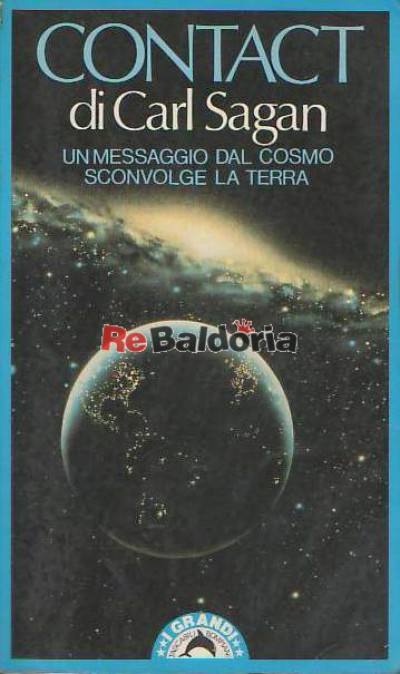

Sagan never stopped pursuing his interest in science and space and went on to obtain a Ph.D. degree with honors followed by a bachelor’s degree in Physics and then a master’s degree in Physics. During his time at the University of Chicago Sagan first received an A.B. In 1951, Sagan graduated from Rahway High School at the age of only 16 and decided to attend the University of Chicago. They would buy him different books and chemistry sets in order to keep his interest alive.

Although his parents were nowhere near wealthy, they continuously encouraged Sagan to pursue his interests in the sciences. His interest was sparked when he attended the 1939 New York World’s Fair with his parents at the age of four. Carl Sagan became fascinated with science and the field of astronomy at a very young age. Carl Sagan lived in a working-class Jewish neighborhood and attended public schools in New York and New Jersey. On November 9, 1934, in Brooklyn, New York, a New York garment worker gave birth to a man that would make great contributions to the world of astronomy. Sagan not only wrote this book and many others over these interesting ideas, but also devoted his life to researching and contributing to the study of space leading to many of the facts we know about modern space. Sagan’s use of the ideas and concepts of radio astronomy, extraterrestrial life, and wormholes in this novel impacted the world in tremendous ways. His novel, Contact, explores the possibility of extraterrestrial life on the star, Vega. Some say it is absurd to believe that life could exist on another planet, but is it really that outrageous when our very own Earth transformed from an uninhabitable sauna to a planet where life is abundant? Carl Sagan believed that life was possible on another planet. Geological changes allowed for new organisms to form whereas mutations and adaptations allowed for these organisms to become more diverse and even produce completely new life forms all together. Over billions of years the planet we call home has been changing and growing Microorganisms were the only forms of life until multicellular organisms suddenly arose about 580 million years ago. The first forms of life on Earth were not what we would think life to be today.

It took approximately one billion years for the first forms of life to exist on Earth. From here, water, one of the keys to life, began to appear on the surface of earth. However, suddenly the planet stopped gaining heat and eventually began to cool off to a solid crust. The planet was extremely hot and continuously collided with other things in space. At this time, the atmosphere contained no oxygen and was toxic to life. When we look back 4.6 billion years in the past, planet earth was nothing like what we see today in our everyday lives.


 0 kommentar(er)
0 kommentar(er)
